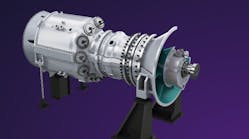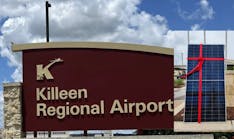Energy Dept. Invests $1B+ in Carbon Dioxide Removal – Scientific Community Divided on Decision
In a strategic move to invest in “engineered carbon removal,” the Energy Department is awarding $1.2 billion to two projects that remove carbon dioxide from the air through a process known as direct air capture.
According to the International Energy Agency (IEA), direct air capture is a technology that “extracts CO2 directly from the atmosphere at any location.” This technology would represent a crucial departure from traditional carbon capture techniques, which only remove CO2 at the exact location where the emissions are created.
"If we deploy this at scale, this technology can help us make serious headway toward our net zero emissions goals while we are still focused on deploying more clean energy at the same time," said Energy Secretary Jennifer Granholm.
The two projects – Project Cypress in Calcasieu Parish, Louisiana, and South Texas DAC in Kleberg County, Texas – will each capture up to one million metric tons of carbon dioxide per year, and once fully operational, they have the potential to remove up to 30 million metric tons annually. The projects will also create nearly 5,000 jobs for local workers formerly employed in the fossil fuel industry.
While several scientists from across the nation have come out in support of the projects, such as Melissa Lott, Director of Research at the Center on Global Energy Policy at Columbia University, who said, “We need to look at reducing emissions as quickly as practically possible. This means… the use of other technologies including carbon management,” others have raised concerns over the investment decision.
Some scientists say carbon removal technology is still in its infancy, and they feel the funding for these projects would be better utilized on projects that eliminate emissions from agriculture, transportation, and energy generation.
Because the CO2 in the atmosphere is significantly more diluted than the CO2 emissions being captured from an emission source, direct air capture technology is “the most expensive application of carbon capture,” according to the IEA.
“This money could be so much better spent on actual climate solutions that would be cutting emissions from the get-go,” said Jonathan Foley, Executive Director of Project Drawdown, a group that publicizes climate solutions.





